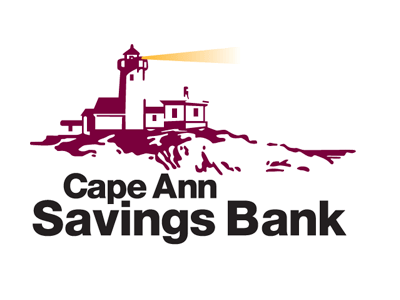TownGreen’s Webinar Focusing on Good Harbor Beach and Surrounding Ecosystem Brings In Large Audience

Jayne Knott, Principal Scientist at HydroPredictions explains how the Good Harbor Beach ecosystem will look like with 4 feet of sea level rise. TownGreen Workshop October 26, 2022.
TownGreen hosted a successful workshop webinar on October 26th focusing on the Good Harbor Beach ecosystem that includes Good Harbor Beach, Salt Island, the marsh, and the surrounding connected ecosystem. 113 people registered and 78 participants heard from researchers, advocates, a local historian, and TownGreen board members and staff about probable impacts to the ecosystem from climate change.
Takeaways from the participants include:
- The marsh and surrounding ecosystem needs to be kept healthy and restored to mitigate climate threats from sea level rise.
- Public input and participation in climate change education and adaptation is vital for the region.
- Sea level rise will have an impact on people who own homes in the Good Harbor Beach area.
- Emergency evacuation routes need to be updated to take sea level rise and storm surge into account.
The workshop was followed by a Good Harbor field trip on October 27th to tour vulnerable areas at Good Harbor Beach and the marsh, led by Alison Frye, Associate Director of Salem Sound Coastwatch.
Climate Impacts on the GoodHarbor Beach Ecosystem
The copy of the slide deck is available here.
The second (November 30th) and third workshop (spring 2023) webinars on Good Harbor Beach will address adaptation options and project planning, and will also include associated field trips. In 2023, TownGreen will have similar workshops that will focus on climate impacts in Essex, Manchester-by-the-Sea, and Rockport.

The Case for Cape Ann Study 2: Net Zero Housing on Cape Ann
You may have heard about Net Zero housing, especially in the recent Electrify Everything events sponsored by the Cape Ann Climate Coalition. And now the latest scenario release in the Harvard University Graduate School of Design study of climate impacts on Cape Ann focuses on Net Zero Housing. TownGreen will release The Case for Cape Ann: Study 2 - Net Zero Housing to the public in November, but for now, here are some highlights from the study.
Residential and commercial buildings in the United States use 70% of the electricity generated in the United States. Mitigating climate change requires decarbonizing all aspects of the built environment, including construction processes and energy generation. Solar technologies, including photovoltaic panels, have become cost efficient in recent years and will continue to become more affordable and widely adopted across the globe.
The shift to net zero construction is critical because New England is largely dependent on natural gas for power generation and heating. These resources rely on aging infrastructure. ISO New England has estimated that there could be fuel shortages and electrical system reliability issues by 2024 due to regional fuel security concerns. It is therefore important that the Cape Ann region increase its energy independence. Cape Ann, and Gloucester in particular, have already experimented with green infrastructure. The wind turbines at Blackburn Industrial Park, for example, are a landmark on Cape Ann. To continue to increase resilience, individual buildings should be outfitted with solar panels. There are 20,361 buildings across Cape Ann that are suitable for solar power installation. These buildings have annual solar radiation greater than 800 kWh and greater than square meters of rooftop space for solar installations. If every suitable rooftop on Cape Ann was outfitted with solar panels, residents could generate 516,206 MWh of electricity per year. This is greater than the 324,609 MWh of electricity used across Cape Ann annually.
Several residents on Cape Ann have converted their existing homes into net zero properties in recent years. This individual innovation should be supported by municipalities with incentives for net zero construction. The process of constructing housing involves community participation in the form of Town Meeting and Zoning Board meetings. These forums are an important democratic feature of municipal decision-making. However, they may also unintentionally bias policy discussions in favor of an unrepresentative group of overwhelmingly older, male longtime residents and homeowners. Such participatory inequalities have far-reaching implications for the future of equitable housing on Cape Ann. It is critical that discussions about relocation foreground affordable housing and enable representative community participation.
As a region, Cape Ann faces significant demand for diversified housing options to increase social equity. Additional housing types can accommodate the broad variety of lifestyle preferences of Cape Ann residents, including seniors, younger residents, families, artists, and workers. Study 2: Net Zero Housing, projects a range of housing options across Cape Ann that are accessible to a wider range of residents, and proposes net-zero building strategies including passive orientation, renewable energy production, and innovative construction methods.
















